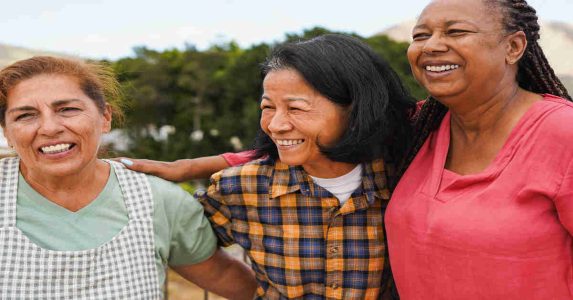The concept of caring communities is a ray of hope in the world that seems detached and chaotic most of the time. They are the areas where people gather to help each other, empathize, and develop a caring atmosphere. Local efforts to build compassionate communities also improve the quality of life of residents as well as strength and resilience of the community. We will discuss the mechanism of these initiatives, their effect, and the necessity in modern society.
What Are Compassionate Communities?
One can describe a caring community as the one that is empathetic and supportive of one another. It is the place where the act of kindness is not only encouraged, but it is also the identity of the community. The idea behind this is the notion that empathy can result in healthier living, enhanced social integration and a more complete life among the involved parties.
The Importance of Local Initiatives
The foundation of caring communities is local activities. They are community based initiatives which enable the communities to act within their neighborhoods. Such efforts can include volunteer programmes and community gardens, awareness campaigns of mental health and support systems to the older generation.
Real-Life Example: The Compassionate City Project
The Compassionate City Project in Bristol, UK can be considered one of the brightest examples of a successful initiative. This initiative was launched in 2014 and was supposed to unite various groups in the community to promote benevolence and gentleness. Bristol has achieved a substantial growth of volunteerism and engagement with their communities through workshops, events and collaboration with local organizations. Citizens claim that they feel more connected and supported and this is the power of local action in creating a compassionate environment.
How to Build Compassionate Communities
Building compassionate communities involves several key steps:
- Identify Community Needs:It is important to be aware of the challenges and strengths that your community has. Insights can be gathered through surveys, town hall meetings and informal discussions.
- Engage Residents: Involvement of residents is important. Attract residents to express their thoughts and interests. This participation leads to ownership and motivation.
- Create Support Networks:Have programs that bring people together, like mentorship programs or peer support groups or community care teams. These networks play a fundamental role in the enhancement of empathy and understanding..
- Promote Education and Awareness: Organize workshops and seminars on various matters like mental health, diversity and inclusion. Training the society builds a culture of empathy and sympathy
- Celebrate Acts of Kindness: There are certain other acts of kindness that should be recognized and celebrated to stimulate more people to be kind. This may be in the form of social media shout-out, community activities, or in newsletters.
Expert Insights: The Science of Compassion
The concept that compassion is more than a pleasant feeling is supported by research with significant implications on health and well-being. A research study that was published in the journal Health Psychology has shown that committing good deeds can help to reduce blood pressure, stress, and overall mental health. Dr. Emma Seppala, one of the main researchers in the field of positive psychology, points out that not only the recipient but also the giver is beneficial and happy because of compassion.
The Ripple Effect of Compassionate Communities
The effect of creating caring communities is not only beneficial to individuals. Raising the population with supportive attitudes means that they are able to contribute to the community in a positive way. This is a trickle down effect of kindness and compassion, which can change neighborhoods.
Case Study: The Kindness Revolution in Action
In Mason, Ohio, a local movement, the Kindness Revolution, has been hitting the streets. It is a program that will inspire residents to do random acts of kindness and talk about their experience. The outcomes have been impressive–local residents say they are happier and more integrated and the project has led to the development of similar ones in its immediate vicinity. This is an indication that local efforts can encourage wider acts of kindness.
Challenges and Solutions
Although the advantages of caring communities are obvious, there are obstacles that may exist. Not all residents will be open to change. In order to curb this, there is a need to engage in open communication and establish inclusive environments where all people feel listened to. Emphasising successful experience and real positive outcomes could be used as well to change attitudes and attract people to involvement.
Leveraging Technology
Technology in the modern digital world could be a crucial source of creating empathetic societies. As an example, social media can be employed to arrange events and share stories as well as connect residents. Other apps that allow making neighborly exchanges, such as sharing tools or providing assistance, can strengthen the connection of the community as well.
Conclusion
Constructing kind neighborhoods with the help of local efforts is not a fanciful idea; it is one of the pragmatic ways to improve the welfare of our neighbors. With the world becoming increasingly globalized, compassion on a local level can build strong and interconnected communities that do not only survive but also flourish on empathy.
In your society, think about what you can do to join this movement. Be it by giving your time, initiating a conversation or just being there with your neighbors, the little things you do matter. Together, we will be able to create kind societies that will empower all and make the world a better place.








